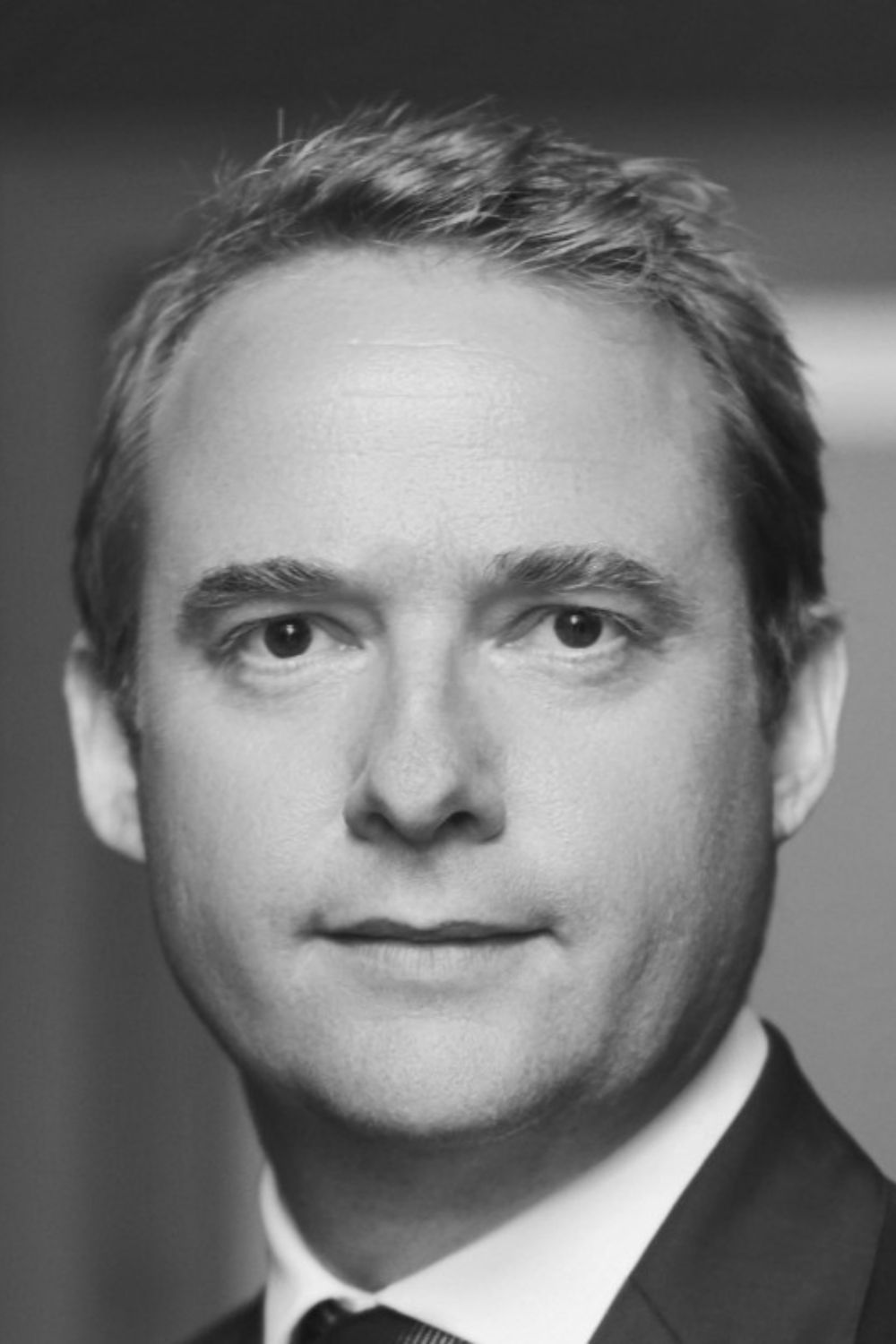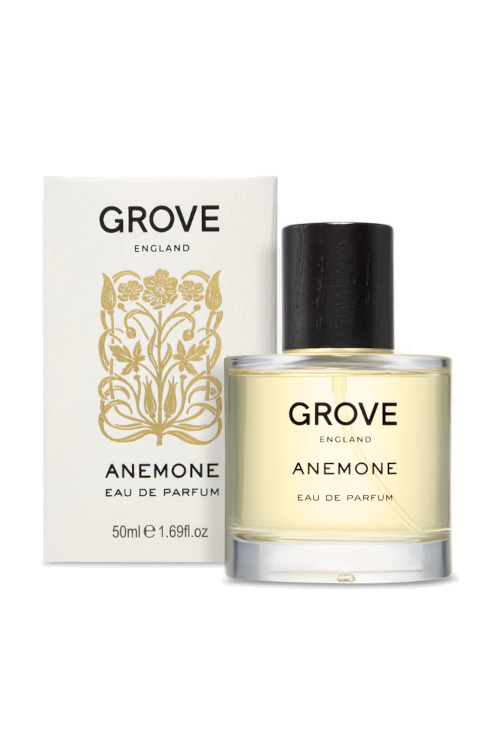
The Next Big Trends In Luxury: Knight Frank’s Wealth Report Unpacked
By
7 months ago
Knight Frank's head of research, Liam Bailey, gave us the rundown during the latest event in our Great British Brands breakfast series
Liam Bailey is Global Head of Knight Frank’s Research Department. He leads and co-ordinates projects in the UK and internationally for clients including developers, investors and funders. Liam has worked on projects offering support for property strategies in local, regional, national and international contexts. Over the past decade Liam has led the development of Knight Frank’s wealth research stream – culminating in the annual Wealth Report publication.
At our May 2025 Great British Brands breakfast, hosted at The Arts Club, he unpacked the Wealth Report, providing insights into how global property markets are shifting, where UHNWI are spending their money and questioning how wealth is split across generations.
The Great British Brands Breakfast Series is sponsored by Rathbones.
The Wealth Report 2025: The Big Picture
Interest rates are still important: Interest rates remain the single most influential factor shaping global economic behavior, especially in sectors such as real estate and luxury goods. They directly affect the cost of borrowing, investment decisions, and consumer confidence, which in turn influence transaction volumes and pricing.
Tariffs chaos is having an impact: Trade tensions, particularly between the US and China, continue to disrupt global trade flows. These disruptions have led to a downward revision of global GDP forecasts from 3.2 percent to 2.8 percent, reflecting reduced economic momentum. The US may face upward inflationary pressures, while markets like the UK may experience disinflation as redirected goods and falling oil prices drive down costs.
Wealth Growth & Concentration
Despite economic headwinds… global wealth creation continues at a strong pace. At a three percent GDP growth rate, approximately 268 individuals globally surpass the $10 million net worth threshold each day, and 11 new individuals reach the $100 million mark daily.
But it is increasingly concentrated… in the United States and China. These two countries together account for 60 percent of the world’s ultra-high-net-worth individuals (UHNWIs), with 40 percent residing in the US and 20 percent in China, leaving other nations trailing significantly.
Overseas spending habits differ… Middle Eastern buyers have a high propensity to invest overseas, particularly in real estate markets such as London. US investors, who were previously underrepresented in the UK, have also surged in recent years, spurred by currency advantages and improved post-Brexit clarity.
Changing Demographics of Wealth
Female wealth share is increasing… The share of UHNW wealth controlled by women has increased by 38 percent over the past decade. While this growth is encouraging, women still hold just 11 percent of total UHNW wealth, indicating that progress, though positive, remains slow.
Generational wealth transfer is slower than expected… Contrary to widespread expectations, the average age of billionaires has actually increased over the last decade – from 63 in 2014 to nearly 66 in 2024. Even among tech billionaires, the average age remains relatively high at 57, suggesting that the much-hyped ‘great wealth transfer’ from Boomers to younger generations is unfolding more gradually than anticipated.
Investment Behaviour & Values
The Wealth Report demonstrates that younger affluent individuals, especially Millennials, are prioritizing values-based investing. Two-thirds of them prefer purpose-led investments, and 80 percent are actively seeking to reduce consumption. However, these values are also shared by significant portions of older generations.
There is a notable convergence of investment values across age groups. Workshops and retreats originally designed for next-gen wealth holders are now attracting interest from their parents, suggesting that shared values around sustainability, purpose, and impact investing are bridging generational gaps.
The Global Property Picture
London
Prime property values in central London have fallen 17 percent since 2014. For US-dollar buyers, the discount is even steeper – up to 35 percent – due to currency shifts. London remains the third-largest super-prime market globally, though increased taxation and political uncertainty have dampened foreign demand.
United States
New York’s luxury market has cooled, partly due to an overhang of inventory and migration to lower-tax states. In contrast, Miami and Palm Beach have seen dramatic growth, with prices increasing 118 percent and 170 percent, respectively, driven by wealth relocation during and after the pandemic.
Dubai
Dubai has become the leading global super-prime market, accounting for 20 percent of all $10 million+ home sales. Its transformation into a true global wealth hub, especially for Indian and Chinese entrepreneurs, has made it a key destination for real estate investment.
Asia
Singapore has supplanted Hong Kong as Asia’s premier wealth hub, but extremely high foreign buyer taxes (60 percent) limit growth. Despite its appeal, Singapore’s small size and housing constraints restrict its scalability.
Europe
Monaco continues to be a stable, high-value market, though its prices are now double those of central London.
A Note On Private Members’ Clubs
Private members’ clubs are influencing the real estate and hospitality industries. Brands across hotels, residences, and retail are adopting community-building and loyalty-driven strategies to attract the modern affluent consumer – particularly Gen Z, millennials, and Gen X. In real estate, especially offices, there’s a strong shift toward creating engaging, identity-reflective spaces. Despite remote work trends, demand for high-quality office space in central London remains high, driven by companies wanting to attract and retain top talent. These new spaces aim to offer more than just functionality – they foster networking, personal growth, and a sense of belonging, similar to private members’ clubs.
For more information on Knight Frank’s 2025 Wealth Report, visit knightfrank.com
























